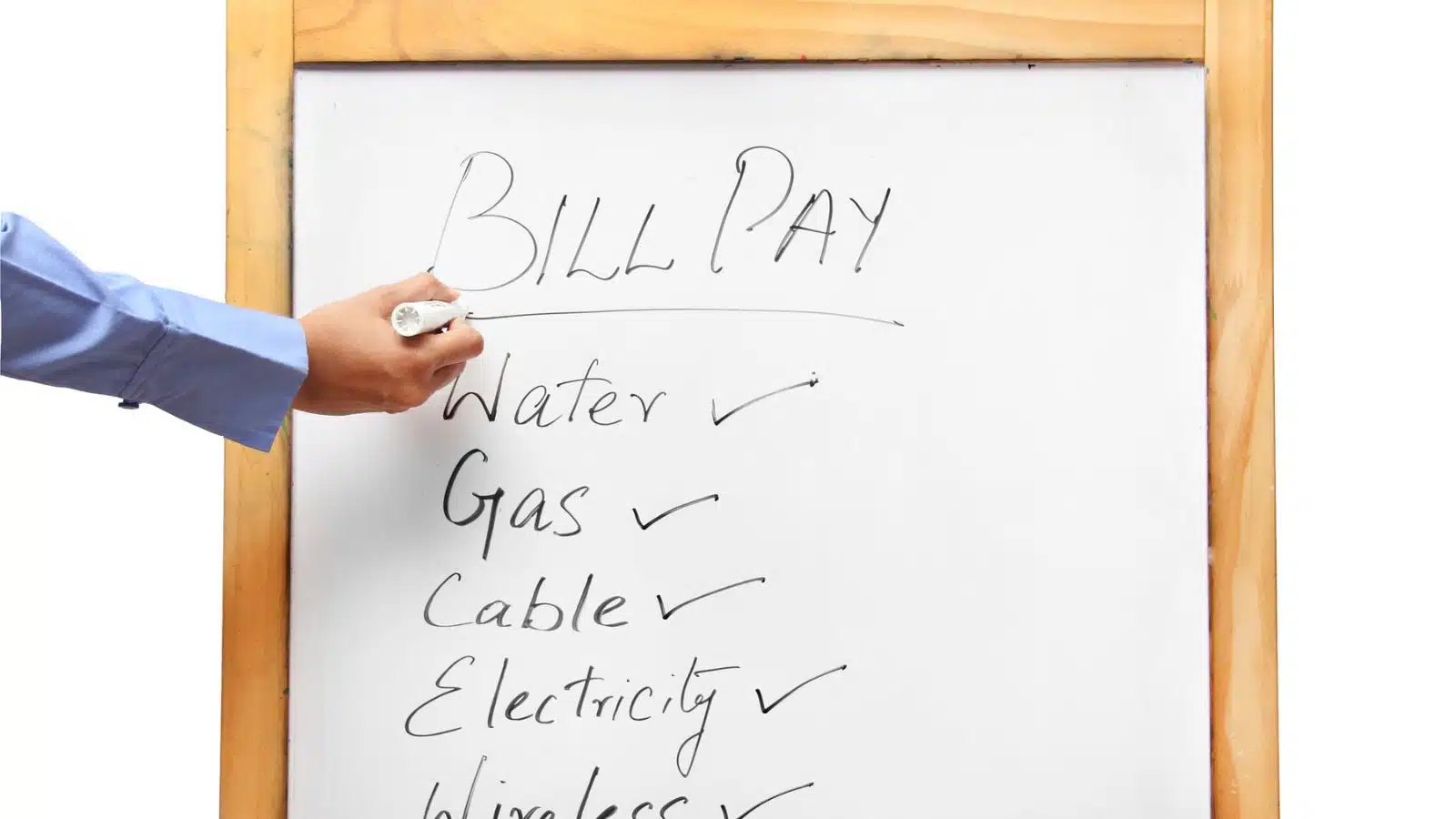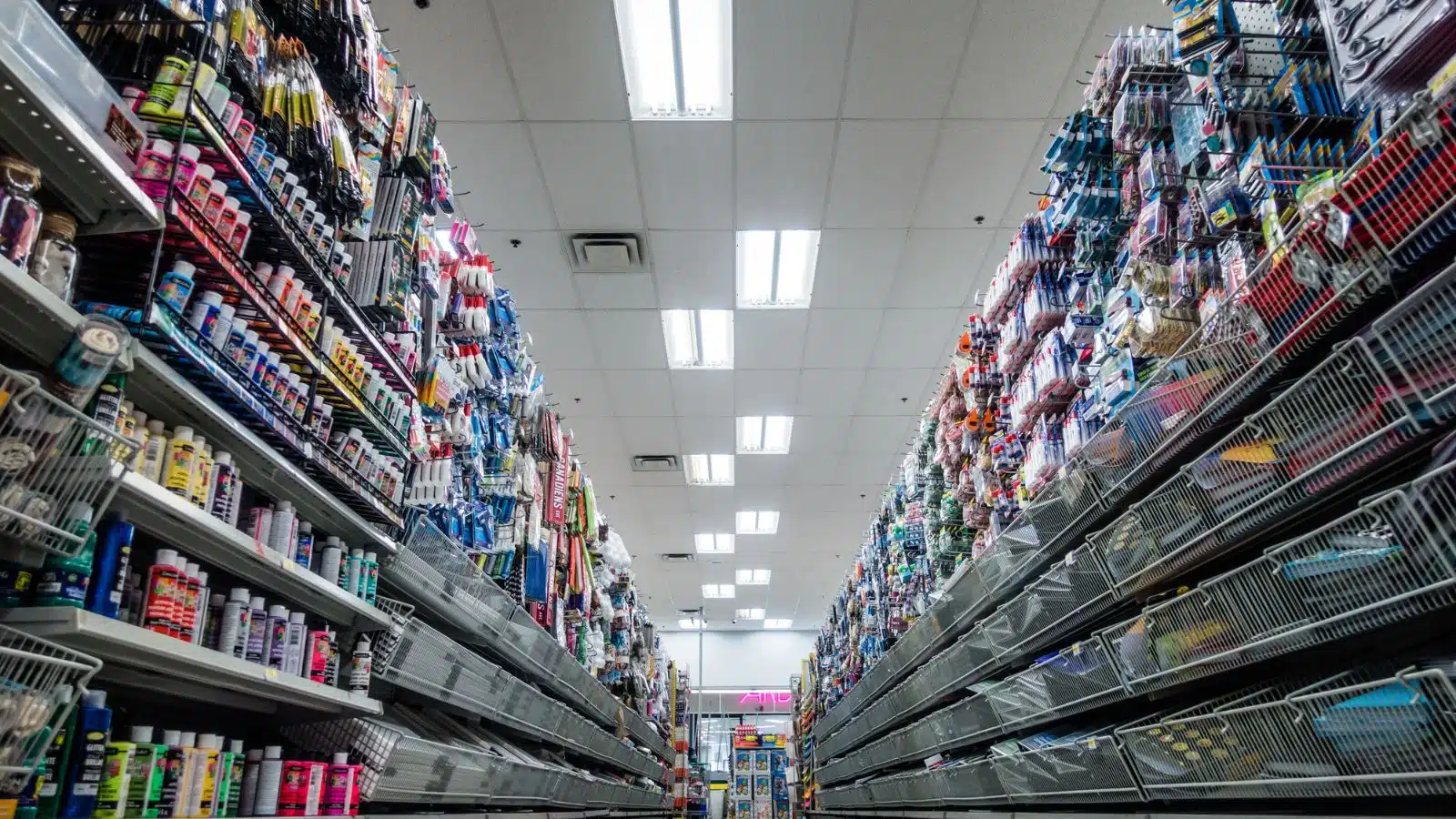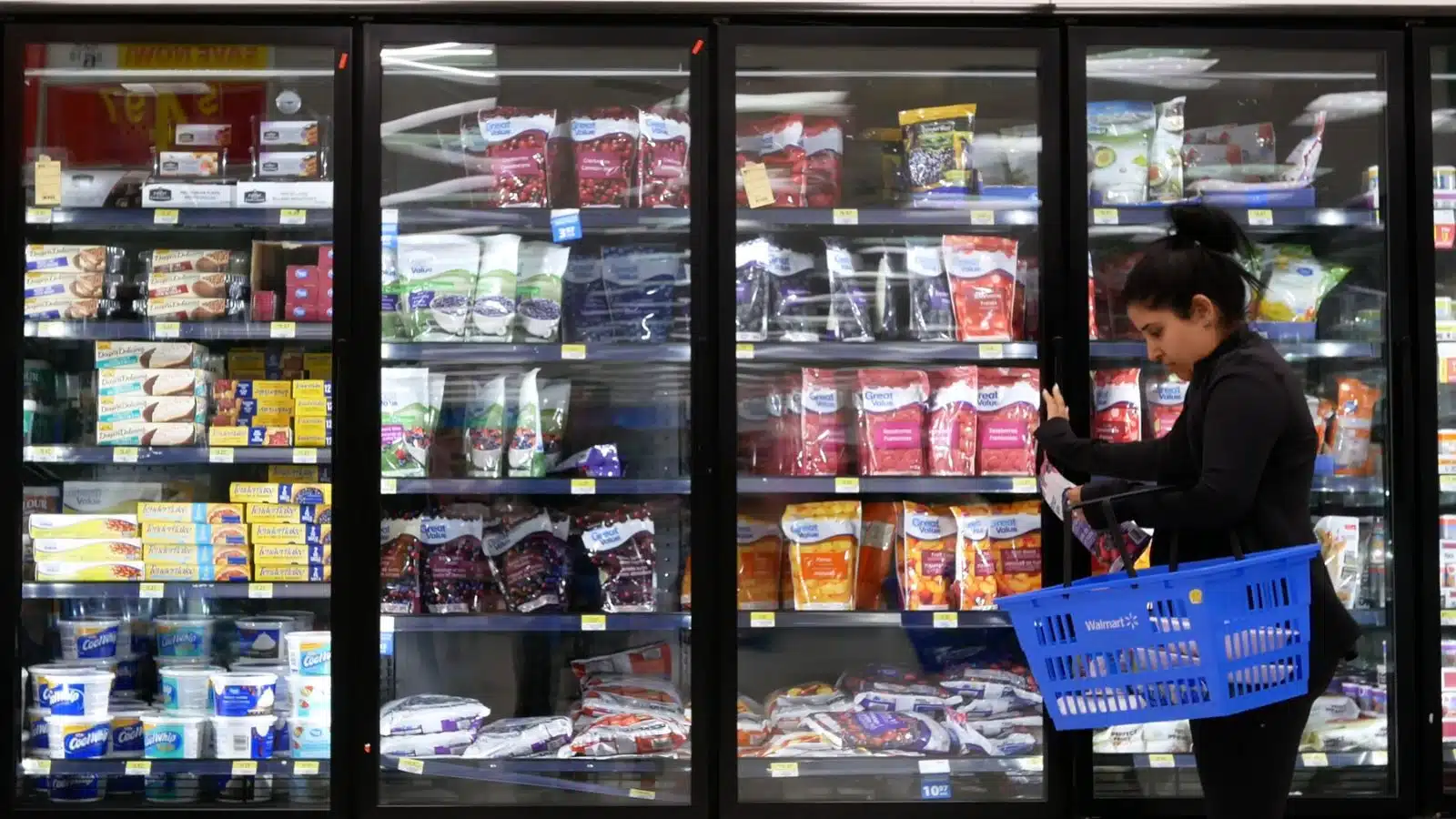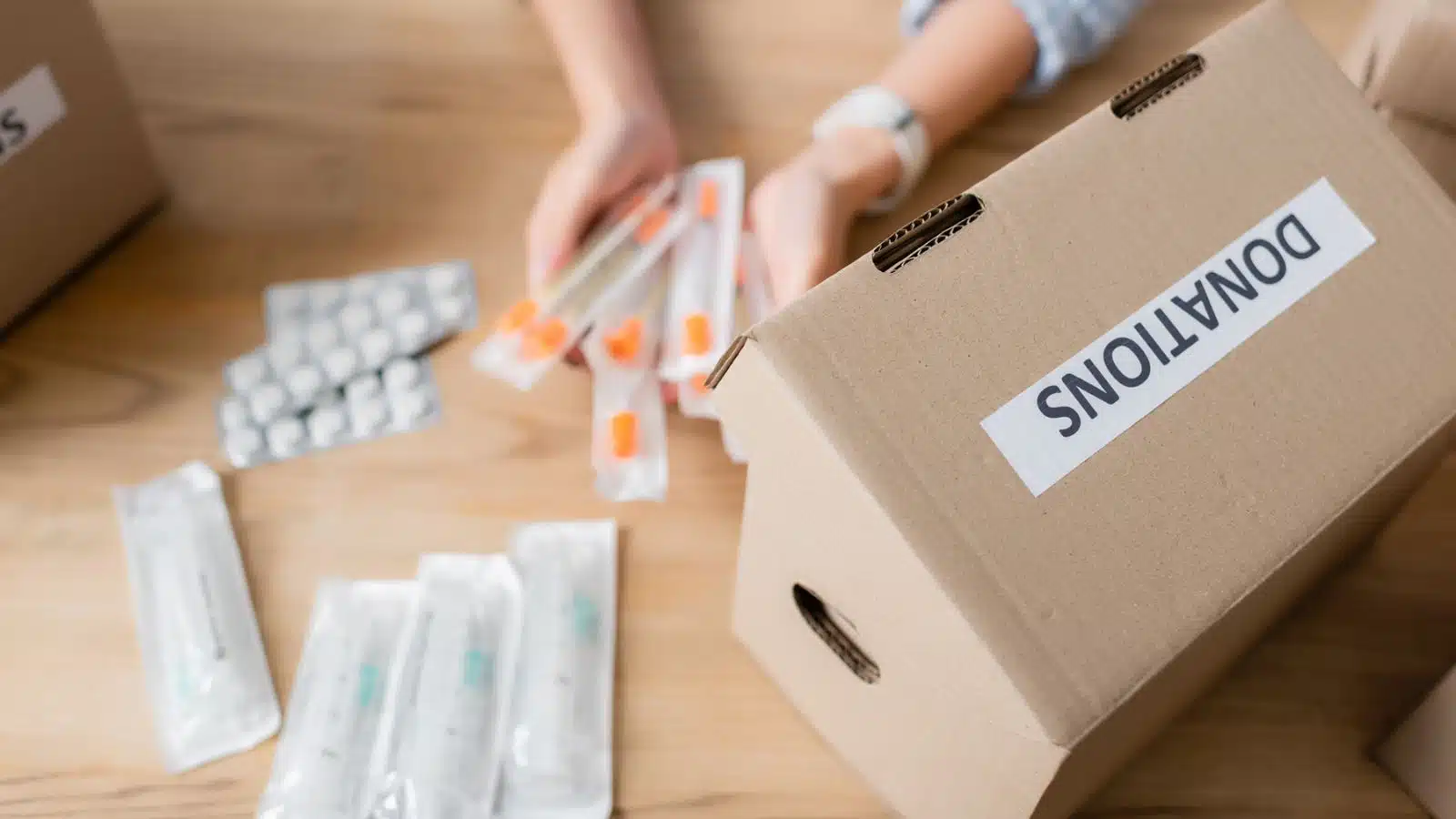Living in poverty often requires individuals to make difficult choices with their limited financial resources. While some may assume that people in these circumstances simply cut back on luxury items or unnecessary expenses, the reality is that many must find ways to stretch every penny in order to survive. This can lead to the purchase of items that may seem unconventional or lesser-known to those who are more financially stable.
1. “Shake and Bake”

This is a type of breading mix that is used to make fried chicken, pork chops, or other meats. It is often cheaper than buying pre-made breaded products or buying all the ingredients separately to make your own breading. While this may seem like a small cost-saving measure, it can make a big difference in a tight budget.
2. “Short-Dated” Groceries

Some grocery stores offer discounted prices on items that are approaching their expiration date. While these items may still be safe to consume, they may need to be used more quickly than other products.
3. Utility Payment Plans

When struggling to pay bills, individuals may turn to payment plans to avoid having their utilities shut off. While this may seem like a temporary solution, it can lead to even more financial difficulties as late fees and interest add up.
4. Pawn Shops

For those in need of quick cash, pawn shops offer a way to sell or loan items for a fraction of their value. While this may seem like a good solution in the moment, it can lead to losing valuable possessions or paying high-interest rates to get them back.
5. Haircuts At Beauty Schools

For those who cannot afford the cost of a professional haircut, beauty schools offer a cheaper alternative. While the quality of the haircut may not be as good as at a salon, it can still be a way to maintain a professional appearance on a budget.
6. Free Clothing Programs

Many communities offer programs that provide free clothing to those in need. These programs may be run by churches, non-profits, or other organizations and can be a way to obtain necessary clothing items without spending any money.
7. Prepaid Cell Phones

For those who cannot afford a monthly cell phone plan or do not have good enough credit to qualify for one, prepaid cell phones offer a way to stay connected without incurring large monthly fees. However, the cost of minutes and data can quickly add up, making it difficult to maintain consistent phone service.
8. Dollar Store Items

These stores offer a variety of products at a low cost, making them a go-to for many people on a tight budget. However, the quality of these items may not always be the best, and they may need to be replaced more frequently than higher-quality products.
9. Used Clothing

Second-hand clothing stores or online marketplaces offer a way to purchase clothing at a lower cost than buying new. While this can be a good way to save money, it may also lead to limited selection or the need to spend extra time searching for items that fit well and are in good condition.
10. Generic Brands

Choosing generic or store-brand items over name-brand products can save money on groceries and household items. However, it is important to note that not all generic brands are created equal, and some may not be as good quality as their name-brand counterparts.
11. Rent-to-Own Furniture

This option allows people to have furniture in their homes without the upfront cost of purchasing it outright. However, the interest rates and fees associated with rent-to-own agreements can make the overall cost of the furniture much higher than buying it outright.
12. Free Medical Clinics

For those without health insurance or who cannot afford medical care, free clinics offer a way to receive basic healthcare services. These clinics may offer everything from routine check-ups to dental work and can be a vital resource for those in need.
13. “Dollar Menus”

For those who cannot afford to dine out at expensive restaurants, fast food dollar menus offer a cheaper alternative. While the food may not be the healthiest or most nutritious, it can provide a quick and affordable meal when needed.
14. Community Gardens

For those who cannot afford to purchase fresh produce, community gardens offer a way to grow their own fruits and vegetables. These gardens may be run by local organizations or may be public spaces available for anyone to use.
50 Super Simple Side Hustle Ideas

Choosing a side hustle can be fun compared to getting a part-time job because they allow you to pursue what you’re actually interested in, like perhaps fitness or writing, while providing you flexibility!
50 Super Simple Side Hustle Ideas (& How to Make Them Work)
10 Frugal Lessons I Learned From Being Flat Out Broke

I was living in the middle of a big city all by myself and paying my bills on a server’s salary. I had zero savings and was living paycheck to paycheck just to get by; frugal living was a necessity.
